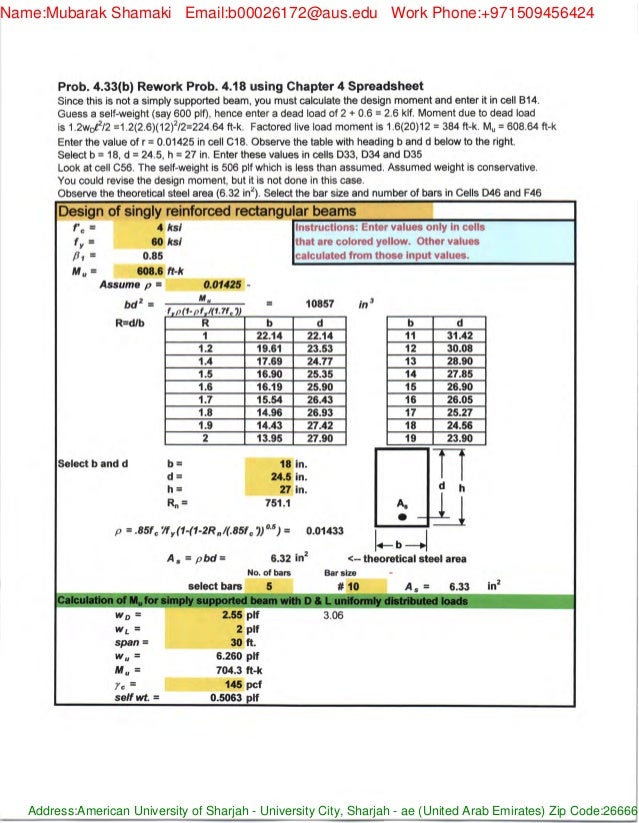Uae Sharjah Zip Code
Posted : admin On 06.10.2019ZIP codes only for US - America. Other countries use psotal codes, and many do not, just street address or P.O.Box. Just remember to specify which city. Postcode ZIP code Sharjah, United Arab Emirates - GeoPostcodes Postal code - ZIP codes. Download zipcodes listing by countries. Buy postcodes of the world.
Children and extra beds Free! Up to two children under 12 years stay free of charge when using existing beds. All children under 2 years stay free of charge for children's cots/cribs. All children under 16 years are charged AED 75 per night for extra beds. All further older children or adults are charged AED 75 per night for extra beds. The maximum number of extra beds in a room is 1. Any type of extra bed or child's cot/crib is upon request and needs to be confirmed by management.
Supplements are not calculated automatically in the total costs and will have to be paid for separately during your stay. Important information VAT will be introduced across the UAE on 1 January 2018. The rate is likely to be 5%.
Should there be a change in the date of VAT implementation or in VAT rate, it will be added on guest bill upon departure. Please note that as per local law, the hotel cannot accommodate unmarried couples in the same room.
Zip Code For Uae Sharjah

Sharjah Zip Code
Couples are kindly requested to provide a copy of their marriage certificate upon check in. Please note that as per UAE law, guests are required to present a valid UAE ID or valid passport upon check-in. Please note that due to payment procedures, debit cards cannot be used at the time of booking.
You must use a valid credit card at the time of booking. Debit cards can only be used upon arrival at the property.
The ZIP in Zip code'ZIP' actually stands for Zone Improvement Plan, designed to improve mail sorting and delivery and make it more efficient. ZIP (Zone Improvement Plan) Code Like most innovations, ZIP Codes were not revolutionary but an evolutionary development of the WWII-era Zone program. The ZIP Code system built upon the 'zone' system established to designate smaller post offices or zones in larger population areas.
Th zone program assigned 2-digit zone codes to delivery areas. You may have seen old stuff with 'Cleveland 44, Ohio' (for example) as the last line of the address.
The 44 is the zone code and denotes a specific station or branch (local PO) in the Cleveland area. The ZIP Code program expanded the code to 5 digits and extended it nationwide. Implemented by the U.S.
Post Office Department in 1963, the ZIP Code uses a 5-digit code to identify the individual community post offices or, in large urban areas with multiple post offices, delivery stations in metropolitan areas associated with a given address. How a ZIP Code Works Specifically, the first digit identifies a geographic region area of the US from zero for the Northeast to nine for the far West (e.g., New England states begin with a '0,' NY/PA codes with '1,' FL/GA codes with '3' and CA/WA/OR codes begin with 9). The second and third digits designate a Sectional Center Facility (SCF) servicing population centers. The final two digits incorporate the old Zone number. So, suppose you live at or near Syracuse University in Syracuse, NY. Your ZIP Code is 13210. Or, '1' New York, '32' SCF-Syracuse and '10' University postal station.
Improvements to the ZIP Code - ZIP + 4 The 5-digit ZIP Code worked well, allowing the Post Office Department to handle mail volume that was growing at a rapid pace. After 1963, the composition of the mail flow in the US changed. Up through the 1950s, the first class personal letter had been the dominant class of mail. Starting sometime in the 1960s, however, there were several changes in what was mailed in the US. Business letters came to dominate first class mail, and second class (newspapers and magazines) and bulk mail mail volume exploded. As mail volume grew, the now-private non-profit United States Postal Service (spun off and privatized in 1973) needed a better way to do more with less. In 1983, the USPS implemented the ZIP + 4 program, which expanded the 5-digit ZIP Code by adding another 4 digits.
The ZIP + 4 program was intended for use primarily by second and bulk mailers preparing their outgoing mail with machine printed or bar code formats that can be read by USPS automated sorting machines. How Zip + 4 Works The extra 4-digit added on to the regular ZIP Code identifies a geographic segment within the 5-digit delivery area, such as a city block, office building, or individual high-volume receiver of mail (e.g., the phone company bill center, the White House), or any other delivery location that would aid efficient mail sorting and delivery.
The United Arab Emirates is country code +971. Sharjah, Ajman, and Umm al-Quwain are in area code 06, whichbecomes +971 6 in international format. Mobiles in the UAE begin with +971 5. (The plus sign means 'insert your international access prefix here.'
From a GSMmobile phone, you can enter the number in full internationalformat, starting with the plus sign. The most common prefix is 00, but NorthAmerica (USA, Canada, etc.) uses 011, Japan uses 010, Australia uses 0011, and manyother countries use different prefixes.). Because archive compression is like a zip(per): you zip it up, it's closed. Another answer, which is probably the one that has to do with zip codes: Dictionaries say that ' zip' in 'zip code' is from the initial letters of 'zone improvement plan.' 'Zip' was also already a word meaning 'to cause to go fast.'

So 'zip code' means 'a zone improvement plan that causes mail to go fast.' ZIP stands for Zoning Improvement Plan. It was developed by the USPS to help sort the mail more efficiently for delivery.
